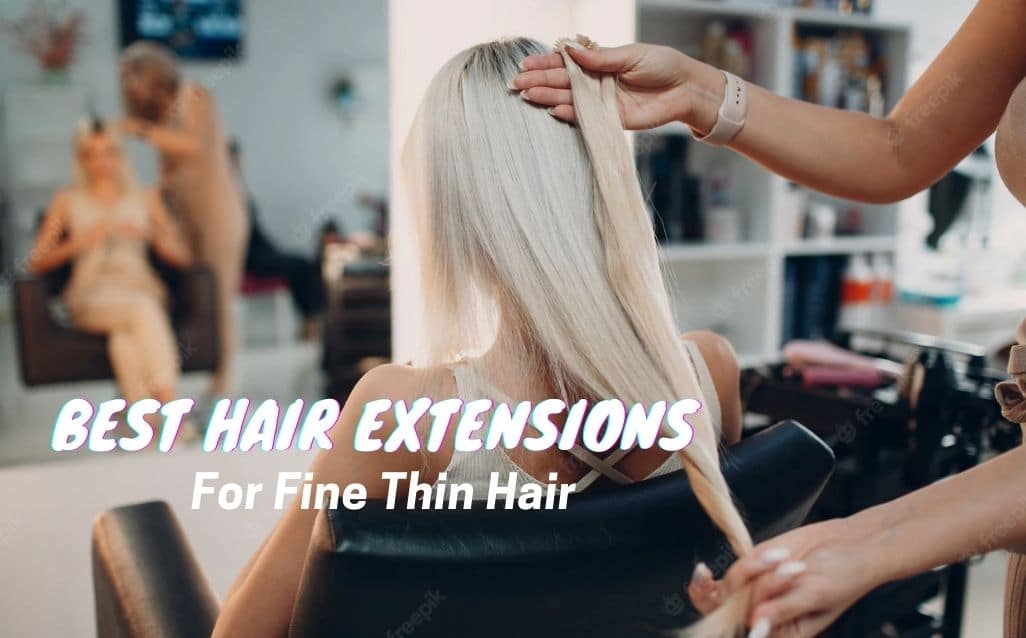What is return hair?
What is return hair? When customers receive their hair replacement systems from New Times Hair or other hair product manufacturers, they may notice that there is shorter hair around the hair roots, shorter than the requested hair length that looks like a sign of hair breakage and poor hair quality. However, this is not actually breakage or damage but what is known as “return hair” or “ hair return”.

Why is there short return hair?
It is a result of when hair is knotted to the hair replacement base. When technicians ventilate the hair, they need to make knots so there will be some short hair and some longer hair. Not all knots have return hair as we will explain.
To understand why there is short return hair, you need to understand the different knotting methods that we use to ventilate the hair into the base. So, let’s discuss some specific ventilation methods. Different base materials need different kinds of knots. For French lace, we usually do single split knots along the front hairline and double split knots elsewhere. Swiss lace, on the other hand, is thinner and softer than French lace. It is more delicate so it cannot support double knots. That’s why we do single split knots for Swiss lace. Unlike lace, mono net is durable so we do double split knots. No matter whether it’s single split knots or double split knots, the hair needs to be inserted through the holes of the woven lace or mono materials and secured with a knot to hold the hair in place. That means for lace or mono base materials, there will be short return hair whatever the knot.
The following picture show single split knots and double split knots which will give you a better understanding of the return hair of knots:

In the case of thin skin bases there are three common knotting methods: single split knots, V-loops, and injected hair. As we’ve discussed, single split knots mean short return hair. So, let’s look at V-looped and injected hair:
V-looped hair is where the hair is inserted into one side of the base and comes out of the other side in a V-shape. There is no need to tie a knot because we will brush one layer of poly on the underside of the base to seal the root. So, even though there are no knots, the hair will not shed. However, since the hair has to come out of the other side, there will be short return hair.

Injected hair also refers to hair that is inserted directly into the poly without any knots. The hair roots will not come out on the other side since the short hairs will be shaved off and a layer of poly will be brushed on the underside of the base material to seal them. So, injected hair also has no short return hair.

Another of the most natural-looking knot types is silk top. Silk tops can either be single-layer silk tops or double-layer silk tops. For double-layer silk tops, the hair is knotted to French lace with single knots and then pulled through the silk mono. When pulled through, the short return hair and the long normal hair are both pulled out, only leaving the knots. For single-layer silk tops, when we pull the hair out, we need to shave the short return hair off and only pull the long normal hair out. The end result is no short return hair for single-layer silk top.

Only injected hair and single-layer silk tops will have no short return hair. However, single-layer silk tops are more complicated than normal knots and are not easy to make. If possible, you should consider Jewish wigs since the silk top of Jewish wigs is single-layer Jewish wig.

What is the normal length of short return hair?
At New Times Hair, we usually make the short return hair around 4”-5”. Some customers may not want to waste the hair, especially in the case of hair that was provided for specific orders. When a customer provides us with 16” hair they want the finished hair length to be 16” or as long as possible. Such a length is simply not possible because there has to be return hair. If it’s too short, the short hair will be tilted up in the hair root, and it will not look natural. Conversely, if it’s long, then the material cost will be higher. So, if you want the finished hair length to be 16” and short return hair to be no shorter than 6” then we need to use 22-inch long hair. This means customers can choose different lengths of short hair according to different needs.
One more important thing to be aware of that concerns many customers is how to avoid hair tangling issues with the return hair. When we tie the knots, the return hair and the normal hair run in different directions. That means their cuticles run in reversed directions. This leads to issues with tangling but how can we prevent this?

For normal Indian hair, all the cuticles will have been removed by acid treatment before we buy the raw hair. There will, therefore, be no problems with return hair and normal hair running in different directions.
The best quality Remy hair or virgin hair has cuticles so these kinds of hair will experience tangling problems. We usually do acid treatment on 4”-5” of the hair root to remove the cuticles and light acid treatment on the rest of the hair. This solves the potential for tangling.
We have some customers who provide hair to us. They often say the hair is very expensive and that it is of the best quality so can we please not do any treatment on the hair. In these instances, we usually do not do any treatment apart from on the roots. We must do acid treatment on roots (4”-5” return hair) to remove the cuticles. If we do not, the hairpiece will tangle like a ball during the ventilation process.
That ends this blog on return hair. If you still have other questions, please do not hesitate to contact New Times Hair. Thank you for reading this and we hope you found it helpful!









